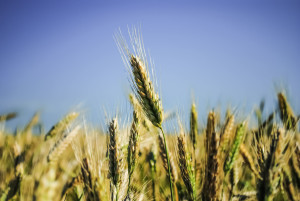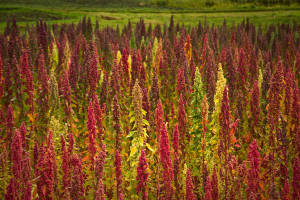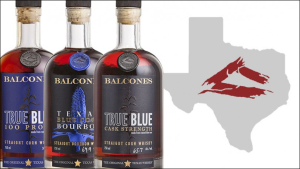Today we have a guest post from Lisa Graziano CSW, CSE. Lisa tells us about a new trend—using alternative grains in American Whiskeys!
Whiskey can be made from any kind of grain. Most whiskeys use a majority of malted barley—but it does not have to be this way! The All-American favorite, Bourbon, is required to consist of a minimum 51% corn; generally, the remainder of the mash bill will be wheat, rye and/or barley.
Happily, the craft spirits movement in the U.S. is booming and as a result there is a lot of experimentation going on throughout American whiskey culture.
Enter exotic grains to the mix. Quinoa, touted lately as power grain for its health benefits, also makes a fine whiskey. Triticale, a wheat-rye hybrid developed in Scotland and Sweden in the late 1800s, is also being distilled with excellent results. Oats are being distilled along with the less-common red and blue corn varieties.
How do these different grains affect the flavor of the whiskies made from them?
Let’s start with quinoa. Feisty Spirits in Colorado makes a 100% quinoa-based whiskey which delivers a nose that is grainy with hints of chili peppers. The flavor is actually somewhat gin like with some chili pepper and rich grain aspects on the finish. This whiskey is aged ever-so-briefly in oak barrels—it’s actually called a “barrel rinse,” to be specific.
Feisty Spirits, located about 65 miles north of Denver, specializes in exotic grain whiskies making everything from quinoa, triticale, and cocoa-ginger whiskeys to a red, white, and blue corn whiskey that is limited production and distributed around the fourth of July. Dry Fly Distilling out of Washington State and Corsair Distillery located in Tennessee and Kentucky also make exotic grain whiskies.
Triticale whiskey gives aromas of golden raisins on the nose and when aged in neutral barrels conveys flavors of caramel, honey and raisins with a smooth sweet finish. It is more like an Irish whiskey, and both Feisty Spirits and Dry Fly Distilling make triticale whiskies.
If you like oatmeal, you need to try an oat whiskey. These spirits exude a nutty oatmeal quality and a rich creaminess that is delightful. Koval Distillery out of Chicago and High West Distillery in Utah both make nice examples of oat whiskies.
For different corn whiskies turn to Colorado and Texas. Balcones Distilling in Waco, Texas makes a Baby Blue Corn Whiskey and Feisty Spirits makes an assortment of red, white, and blue corn whiskies. Blue corn gives flavors of sweet hazelnuts and is softer than the red and white varieties. Red corn gives flavors of caramel corn and is drier on the finish than its counterparts.
Another trend in whiskey making is using hops. It was bound to happen at some point—the craft beer movement has finally spilled over into whiskey! Feisty Spirits makes a Hop Schnapps and Corsair Distillery makes Hop Monster Whiskey. These spirits really mess with your nose—smells like beer, tastes like whiskey! They have great aromatics and a dry finish with various flavors depending on what kind of hops are used and how they are brewed.
For an interesting read and an education in exotic grains in whiskey go to the book “Alt Whiskeys” by Darek Bell, owner of Corsair Distillery. He gives a partial list of alternative grains that includes many of which I have never heard! (E.g.: Teff, Fonio, Job’s Tears and Emmer, to name a few.) He also includes the recipes for many of his whiskies with the caveat that “Home distilling is illegal in the US. Period.”
With craft spirits hitting their stride now is the time to try some of these unique offerings made from grains you would never have expected to be made into whiskey. Slainte!
Lisa Graziano has been in the wine and spirits business for the past 10 years. Originally from Los Angeles, California she previously worked as a professional harpist and realtor. She is one of the first to earn the CSE certification and having grown up in a European household has a nearly lifelong education in beer, wine and spirits!
Are you interested in being a guest blogger or a guest SWEbinar presenter for SWE? Click here for more information!



Pingback: Grain Selection for Whiskey - Best Whiskey Guide